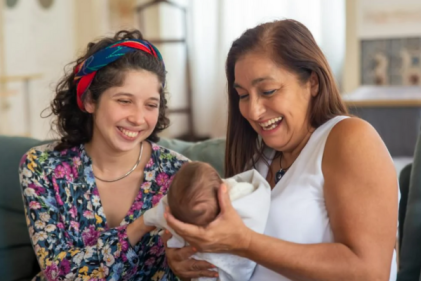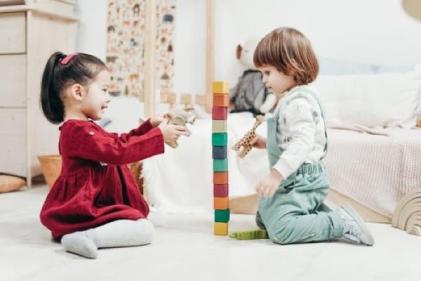Lazy eye, also known as amblyopia, is an early childhood condition where the child’s vision does not develop properly. It usually occurs in one eye, but it can occur in both eyes. Lazy eye affects approximately 2% of children.
A baby is able to see as soon as it is born, and vision continues to develop up until around seven or eight years of age. After this, no further development occurs until sight deteriorates with age, or after eye injury or disease.
How the eye works
Light rays travel through the lens (transparent structure) at the front of the eye, and form images on the retina. The retina is a light sensitive surface at the back of the eye that sends messages to the brain so that it recognises the objects that you are seeing.
During early childhood, it is important that clear images are formed in the eye and are sent to the brain, so that the child’s vision develops normally. If there is a problem with this development, it may result in impaired vision (amblyopia).
Learn more about symptoms of lazy eye.












